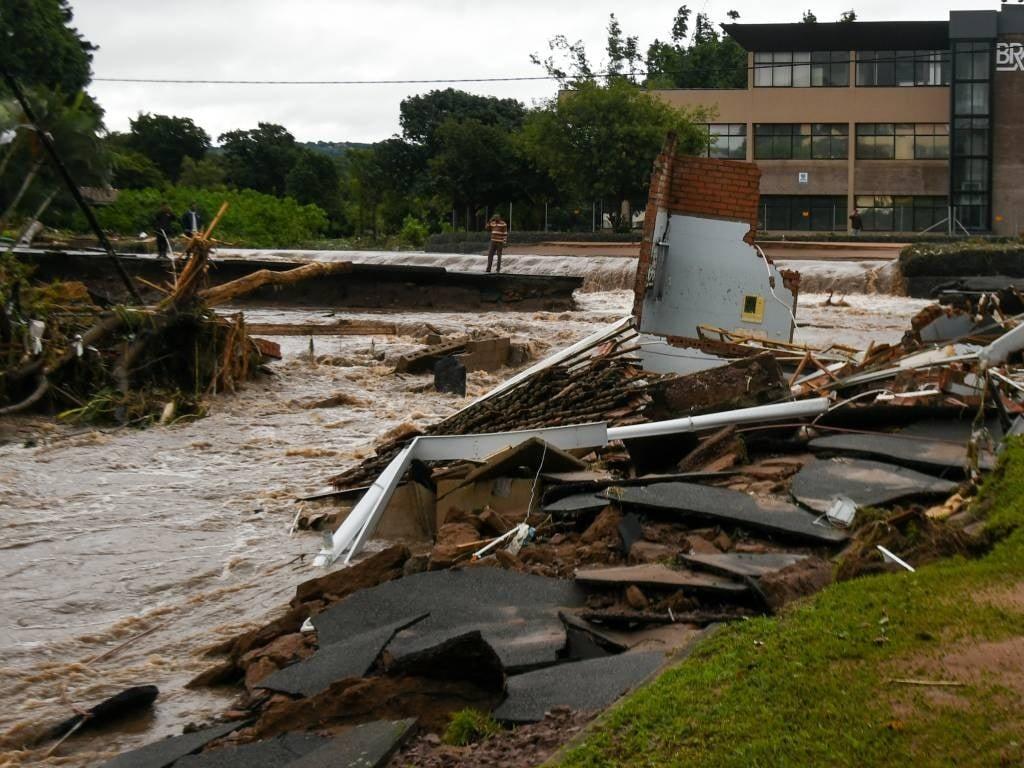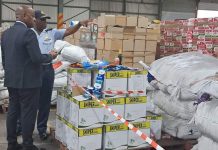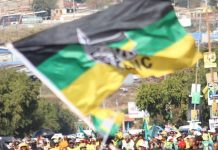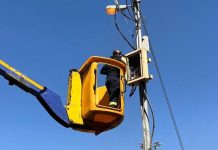Africa-Press – South-Africa. KwaZulu-Natal experienced 785 disaster-related incidents in April and May 2022, damaging infrastructure worth more than R25 billion.
The incidents included heavy rainfalls, strong winds, structural collapses, mudslides and flooding, which affected more than 27 069 households. More than 8 500 homes were completely destroyed.
In her budget speech, KwaZulu-Natal Cooperative Governance and Traditional Affairs (Cogta) MEC Bongiwe Sithole-Moloi said the natural disasters had left “a permanent wound, untold suffering and vast damage in KwaZulu-Natal”.
She added that almost R3 billion had recently been transferred to affected municipalities to allow them to rebuild damaged infrastructure.
Relentless downpours in April 2022 resulted in devastating flooding that left more than 400 people dead.
Sithole-Moloi said the Provincial Disaster Management Centre, District Disaster Management Centres and municipalities responded to most reported incidents.
On 12 April 2022, a state of national disaster was declared, allowing for the reprioritisation of budgets and reallocation of funds in conditional grants.
“Through the Provincial Disaster Management Centre, KwaZulu-Natal Cogta consolidated and submitted a comprehensive report and beneficiary list to the National Disaster Management Centre to request funding from the national sphere of government,” Sithole-Moloi said.
In the first phase of the grant, R87 million was allocated to municipalities while R134 million was allocated in the second phase, she said.
A further R2.9 billion was allocated to the reconstruction and rehabilitation programme, and this funding was transferred in March 2023 to enable municipalities to commence with major infrastructure rehabilitation, Sithole-Moloi said.
“We appreciate efforts by the national government to declare KwaZulu-Natal a state of national disaster. This helped to bring together all spheres of government to manage the impact of the disaster and to alleviate the suffering of our people,” she added.
“In our efforts to perfect the implementation of the District Development Plan (DDM), there is no doubt that there are important lessons for everyone to learn.
“It is clear that we need to strengthen coordination and speedy approvals of resources meant for disaster relief. We have learnt that when the three spheres of government don’t speak in one voice, this creates confusion and avoidable stress,” Sithole-Moloi added.
The MEC said that the provincial government had “registered [its] misgivings” with Treasury about the “delays in the release of disaster funds and the confusion that was created about the amount announced by the national government”.
She said the announcement “initially gave the impression to the public that pronounced funds by the president were meant for KwaZulu-Natal only, when in fact it was meant for disaster relief in three flood-struck provinces”.
The province also experienced natural disasters this year, said Sithole-Moloi.
On Monday, 3 April, a tornado swept through different parts of the King Cetshwayo District and on Sunday, 16 April, a fire broke out in the Dakota informal settlement in Isipingo, Durban, where more than 800 people lost their homes and belongings.
“The government is currently finalising assessments and will be issuing building materials to enable the affected communities to rebuild while a more permanent solution is being investigated. We thank all social partners that came on board to assist with relief and food while calling on more donors to assist with clothing and any other household goods to help normalise the livelihoods,” Sithole-Moloi said.
For More News And Analysis About South-Africa Follow Africa-Press






